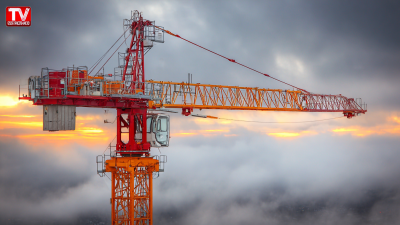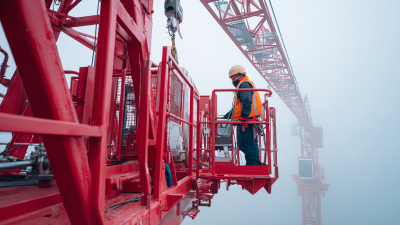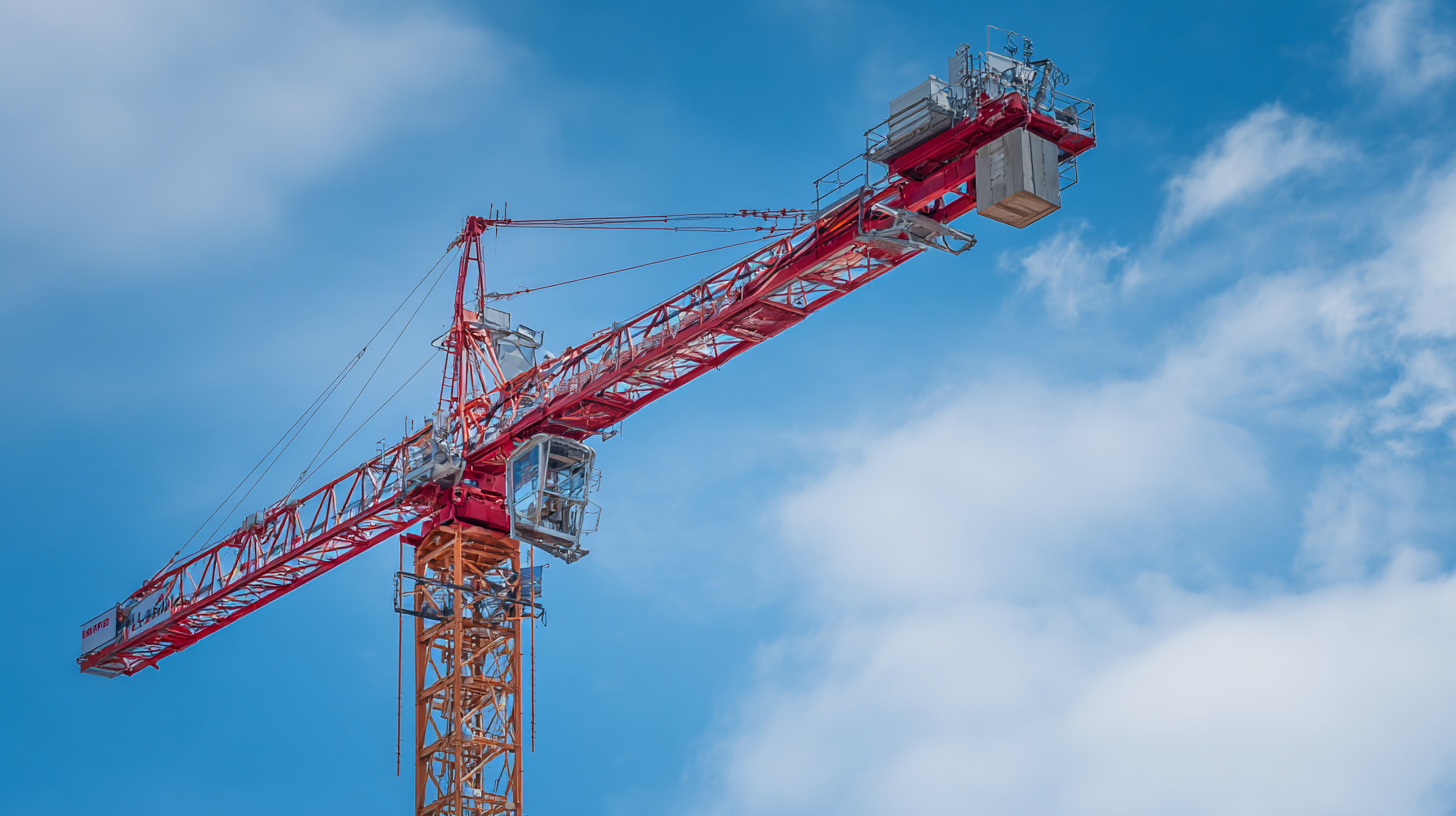 Choosing the right equipment is essential for the success of any construction project, and when it comes to lifting capabilities, the Liebherr Tower Crane stands out in the market. According to a report by Grand View Research, the global tower crane market is expected to reach USD 14.4 billion by 2025, driven by rapid urbanization and infrastructure development. Liebherr, a leading manufacturer in this sector, offers a range of tower cranes known for their reliability, performance, and innovative technology. With an extensive selection tailored to various project needs, understanding how to choose the best Liebherr Tower Crane can drastically impact operational efficiency and project timelines. This guide aims to provide comprehensive insights to assist industry professionals in making informed decisions that align with both budget and project specifications.
Choosing the right equipment is essential for the success of any construction project, and when it comes to lifting capabilities, the Liebherr Tower Crane stands out in the market. According to a report by Grand View Research, the global tower crane market is expected to reach USD 14.4 billion by 2025, driven by rapid urbanization and infrastructure development. Liebherr, a leading manufacturer in this sector, offers a range of tower cranes known for their reliability, performance, and innovative technology. With an extensive selection tailored to various project needs, understanding how to choose the best Liebherr Tower Crane can drastically impact operational efficiency and project timelines. This guide aims to provide comprehensive insights to assist industry professionals in making informed decisions that align with both budget and project specifications.
When selecting the best Liebherr tower crane for your construction projects, understanding key specifications and features is crucial. Liebherr offers a variety of models, each tailored to specific construction needs. Key specifications to consider include the crane's lifting capacity, maximum height, and jib length. These factors will determine how effectively the crane can operate on your job site, particularly when maneuvering heavy materials in tight spaces.
**Tip:** Always assess the site conditions before making a decision. For instance, a crane with a longer reach may be necessary if your site has obstacles or requires lifting materials over other buildings. Moreover, consider the crane's ease of assembly and disassembly, as this can impact project timelines and labor costs.
Another essential feature to examine is the crane's control system. Liebherr cranes are equipped with advanced technology that enhances precision and safety during operation. Features like remote control and automated functions can significantly improve work efficiency and reduce the risk of accidents.
**Tip:** Don’t overlook regular maintenance requirements. Choose a model that not only meets your immediate construction demands but also has accessible support and maintenance options to ensure its long-term operation and reliability.
This bar chart illustrates the lifting capacity (in tons) and maximum height (in meters) of various tower crane models commonly used in construction projects. Understanding these specifications can help you make informed decisions when selecting the best crane for your needs.
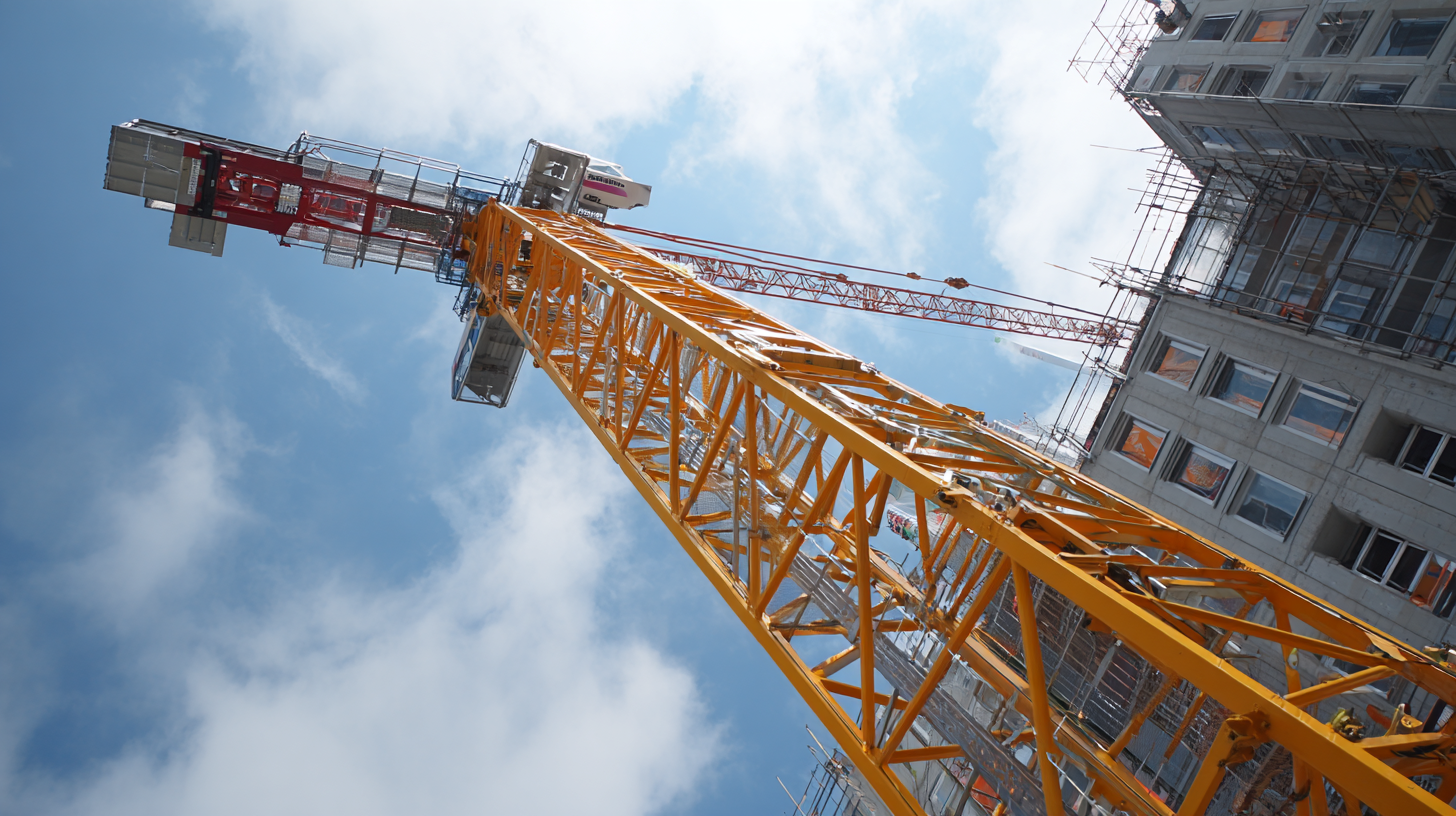 When selecting the right Liebherr tower crane for your construction project, evaluating load capacity is fundamental. Each project has unique demands, and the intended load plays a significant role in determining the suitable crane model. Liebherr offers various cranes that cater to different requirements, including the CBG 360 model, which recently demonstrated its capabilities by being supplied to a major client for a transshipment vessel. This highlights the versatility and robust performance of Liebherr cranes in demanding environments.
When selecting the right Liebherr tower crane for your construction project, evaluating load capacity is fundamental. Each project has unique demands, and the intended load plays a significant role in determining the suitable crane model. Liebherr offers various cranes that cater to different requirements, including the CBG 360 model, which recently demonstrated its capabilities by being supplied to a major client for a transshipment vessel. This highlights the versatility and robust performance of Liebherr cranes in demanding environments.
Additionally, as seen with the recent establishment of a production base in a strategic location, Liebherr's commitment to innovation and advanced technology ensures that its cranes are equipped to handle intricate tasks. Understanding the specific load requirements of your project not only impacts crane selection but also enhances overall operational efficiency and safety. When making your decision, consider both the maximum load the crane can handle and the operational range, as these factors are crucial for successful project execution.
When selecting a Liebherr tower crane for your construction project, assessing reach and height is crucial to optimize operational efficiency. The working radius, defined as the maximum distance a crane can lift materials away from its base, significantly impacts both safety and productivity on site. According to a 2022 report by the International Journal of Construction Engineering and Management, cranes with an optimal working radius of 60-70 meters tend to enhance workflow, especially in urban construction environments where space is limited.
Tips: Determine the specific reach and lifting height required for your project by analyzing the materials to be lifted and their locations. This will prevent costly adjustments later in the project.
Furthermore, the height capability of a Liebherr tower crane can influence the overall project timeline. A study by the Construction Industry Research and Information Association (CIRIA) highlighted that cranes operating at heights above 100 meters can significantly reduce the time spent on lifting tasks, allowing faster completion of building phases. Assessing your site's vertical space and potential obstructions is essential when selecting a crane to meet height requirements efficiently.
Tips: Conduct a thorough site survey to map out potential obstacles and evaluate sky access, ensuring that the selected crane height accommodates all construction elements without delays.
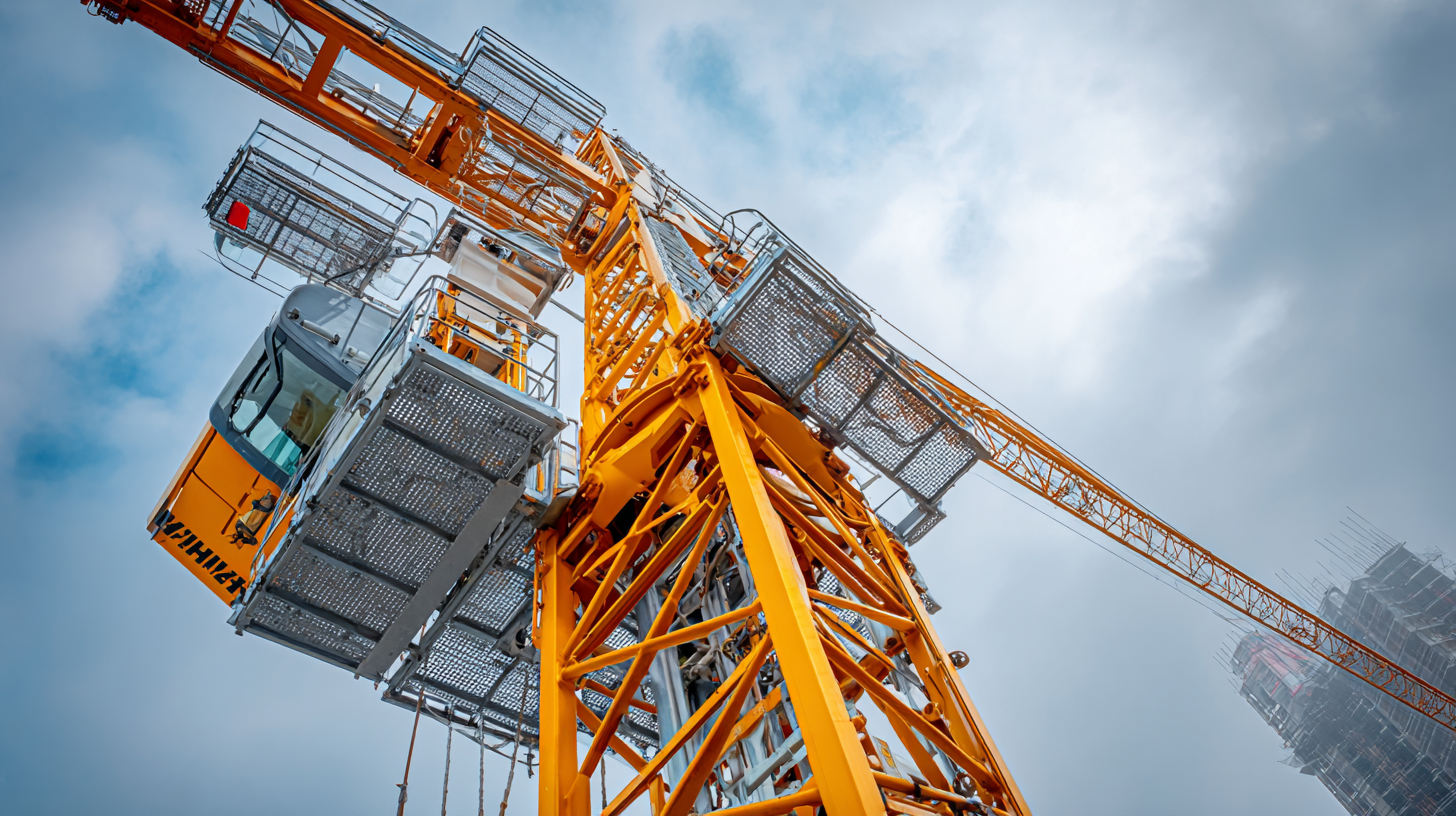
When budgeting for Liebherr cranes in large-scale construction projects, a thorough cost-benefit analysis is essential. These cranes, known for their efficiency and durability, represent a significant investment. However, their capabilities in increasing productivity and reducing project timelines can lead to substantial long-term savings. Evaluating factors such as rental versus purchase costs, maintenance expenses, and operational efficiency will provide insights into the overall financial implications of utilizing Liebherr cranes.
**Tips:** Always consider the specific requirements of your project, such as lifting capacity and height, to select the right crane type. Additionally, factor in potential downtime and maintenance costs, as these can significantly impact your overall budget. Don’t forget to explore financing options that could make the investment more manageable.
As the construction equipment market continues to expand—projected to reach USD 86.19 billion in Europe by 2033—stakeholders are advised to stay informed about market trends and technological advancements. The growing demand for crawler cranes, driven by infrastructure and renewable energy projects, underscores the importance of understanding how different crane types can fit into your project's financial landscape.
When selecting a Liebherr tower crane for construction projects, maintenance and support are crucial for ensuring longevity and performance. Industry reports indicate that cranes with robust maintenance programs can extend their operational lifespan by up to 30%. Regular maintenance not only minimizes downtime but also enhances safety, which is paramount in construction environments. A strong support system, including timely access to spare parts and trained technicians, can further optimize crane performance, leading to more efficient project execution.
Recent developments highlight the importance of strategic partnerships in maintaining equipment efficiency. For instance, significant multi-year agreements in the mining sector demonstrate how customized support can enhance operational outcomes. Companies utilizing Liebherr equipment can benefit from tailored service contracts, ensuring their machinery remains in peak condition. Furthermore, the transition towards advanced hybrid power systems in newer crane models reflects the industry’s shift toward sustainable practices, with maintenance practices evolving to accommodate these technologies. With proper care, Liebherr cranes can consistently deliver exceptional performance, proving essential in today’s demanding construction landscape.
| Model | Max Load Capacity (ton) | Maximum Hook Height (m) | Operating Radius (m) | Maintenance Interval (hours) | Support Options |
|---|---|---|---|---|---|
| Model A | 10 | 50 | 40 | 500 | 24/7 Phone Support |
| Model B | 12 | 60 | 45 | 600 | On-Site Maintenance |
| Model C | 8 | 45 | 30 | 400 | Online Support |
| Model D | 15 | 70 | 50 | 700 | Annual Inspection |


